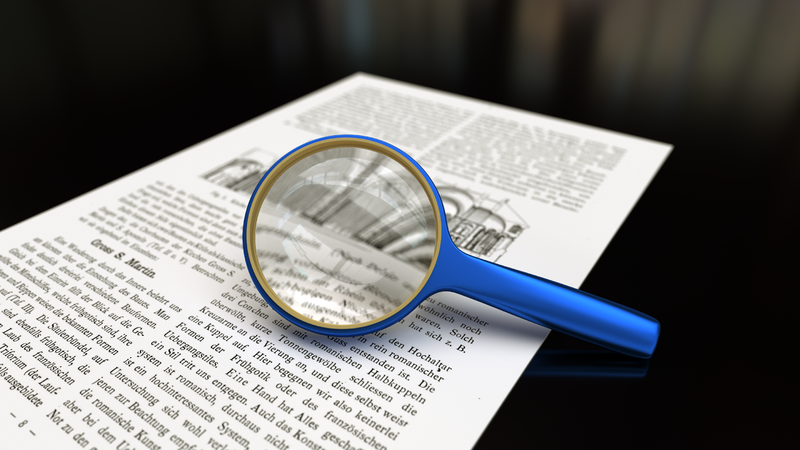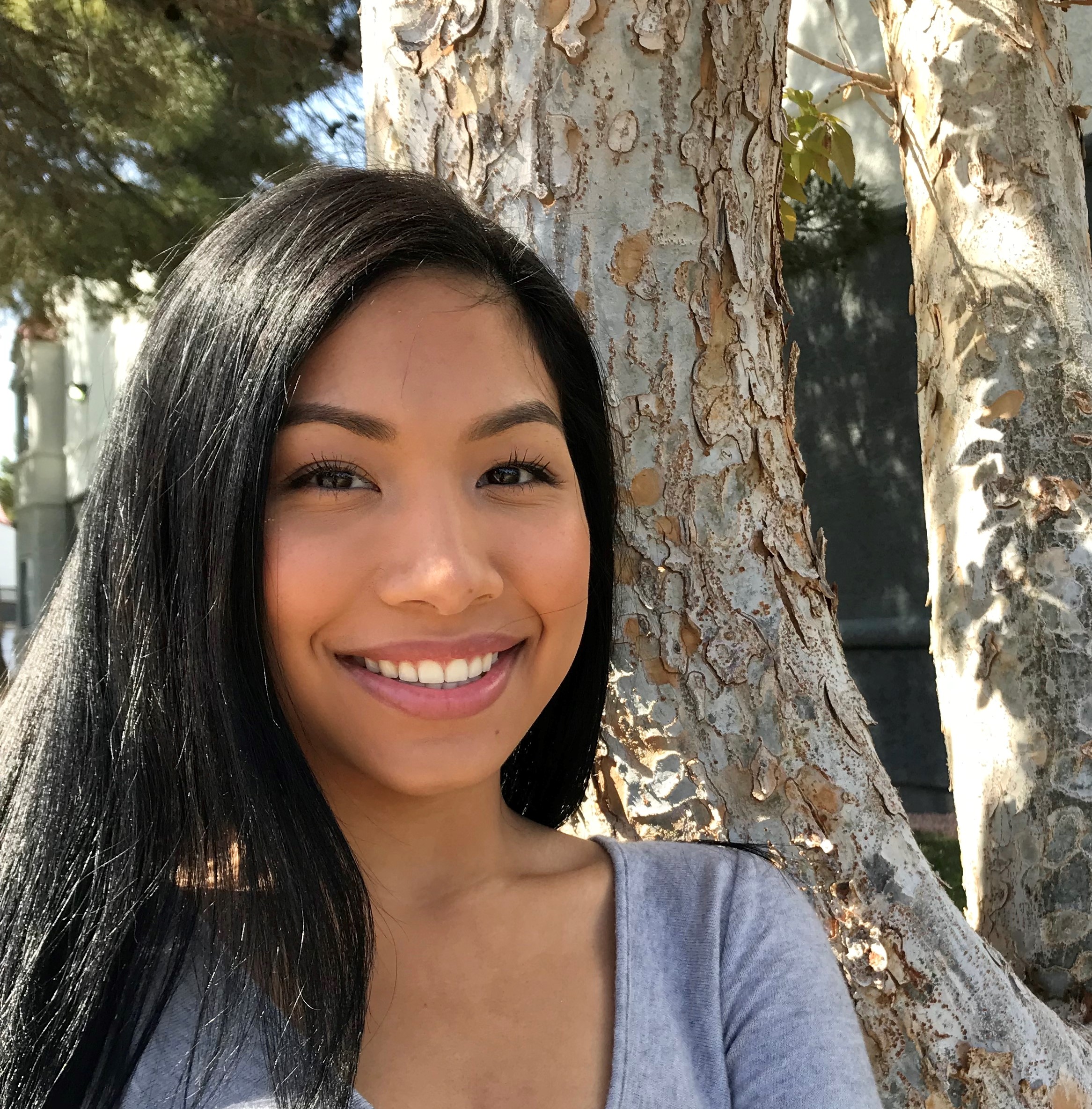
How to Effectively Read a Journal Article

As an undergraduate, I thought of journal articles as something that I had to read – even something that I dreaded. Once I joined the Interactive Measurement Group, I got used to reading journal articles for literature reviews and projects, and it started to get easier. But it wasn’t until I found Professor Ashley Rubin’s, Guide to Reading Non-Textbooks”(just before starting graduate school at UC Irvine), that I started to not only understand, but enjoy what each author had to say within their publication.
The first part of her reading guide outlined the “Background Elements” of the non-textbook (e.g., date of publication and the kind of text – scholarly journal article, book, newspaper) and the “Key Elements” to make note of (e.g., the research question, thesis, hypotheses, key findings, key terms, data and methodology, and limitations). Rubin then explained that it is up to you to identify the important parts of the text. Not all sections and details hold equal value. For example, you might reference one article for a specific type of data analysis and another for one of its findings. This was a revelation to me, learning that I should use an article for how it was of value to me, not based upon how it was of value to the original authors.
The section, “What if you are completely lost?” held another major insight: Rubin explained it is okay if you do not understand 100% of the article the first time you read it. This comforted me because I have had trouble understanding everything in an article the first time, which was frustrating to me, especially when I had several articles to read. Reading Rubin’s guide reassured me that the lack of knowledge was only temporary. To understand both the big picture and the specifics, she says you might have to read the article more than once. You should do this by noting the specific concepts that you are grasping in addition to the concepts that you are not grasping the first time. This way, you will know what concepts to go back to for a second or even third time.
These are two of Rubin’s lessons (among several others). Rubin’s guide helped me enjoy each reading, while appreciating and respecting the researchers who are conveying their knowledge to the psychology community. We are reading someone’s sweat and tears that took months and even years to develop and perfect. Research is long and complex, and journal articles reflect that. Therefore, it makes complete sense to read the article more than once. Rubin’s guide has put my view of reading articles in a more optimistic light than ever before. I recommend you read Rubin’s guide in full, to learn how you can make your own reading easier and more enjoyable.
 Asia Chapa has been a member of the Interactive Measurement Group since Spring 2017 and served as Lab Manager from Fall 2017 to Spring 2018. She has co-authored a conference poster and literature review, supervised data entry projects, and taught exploratory factor analysis workshops. She graduated from UNLV in Spring 2018 and is now getting her Masters in Legal & Forensic Psychology from UC Irvine. Asia is planning on pursuing her PhD in Cognitive Psychology in the next year.
Asia Chapa has been a member of the Interactive Measurement Group since Spring 2017 and served as Lab Manager from Fall 2017 to Spring 2018. She has co-authored a conference poster and literature review, supervised data entry projects, and taught exploratory factor analysis workshops. She graduated from UNLV in Spring 2018 and is now getting her Masters in Legal & Forensic Psychology from UC Irvine. Asia is planning on pursuing her PhD in Cognitive Psychology in the next year.